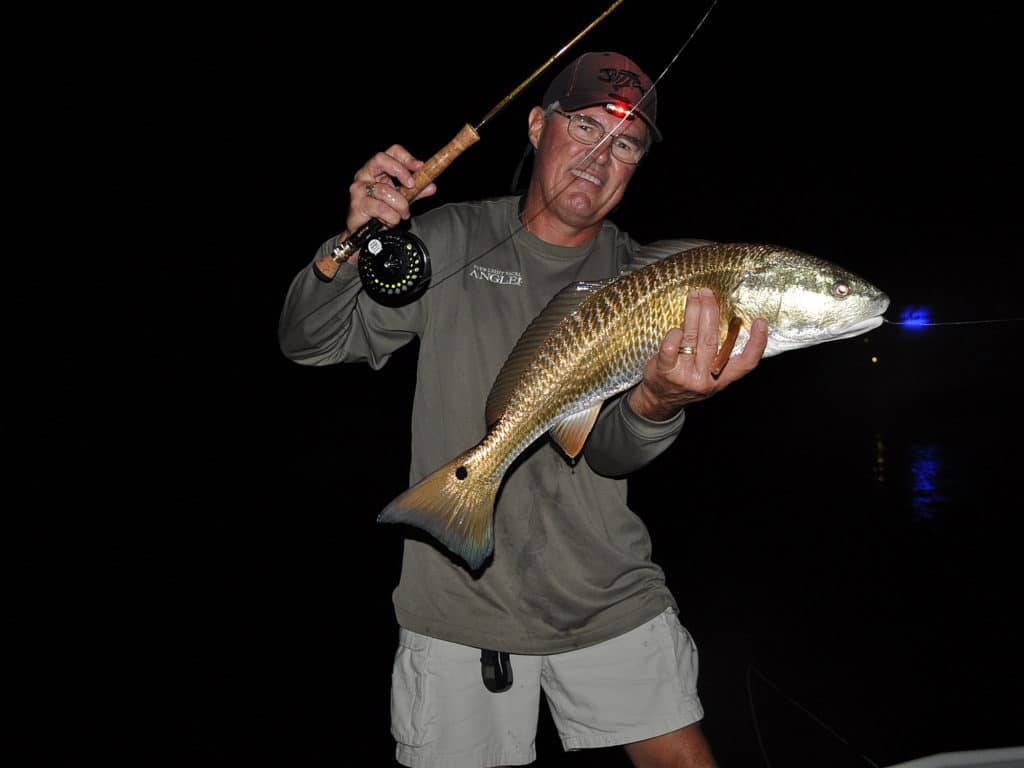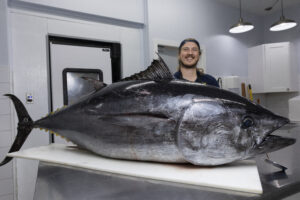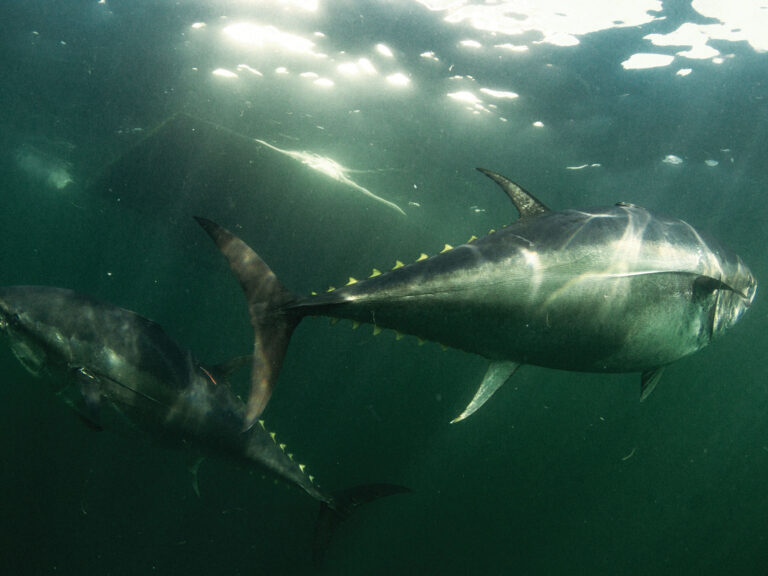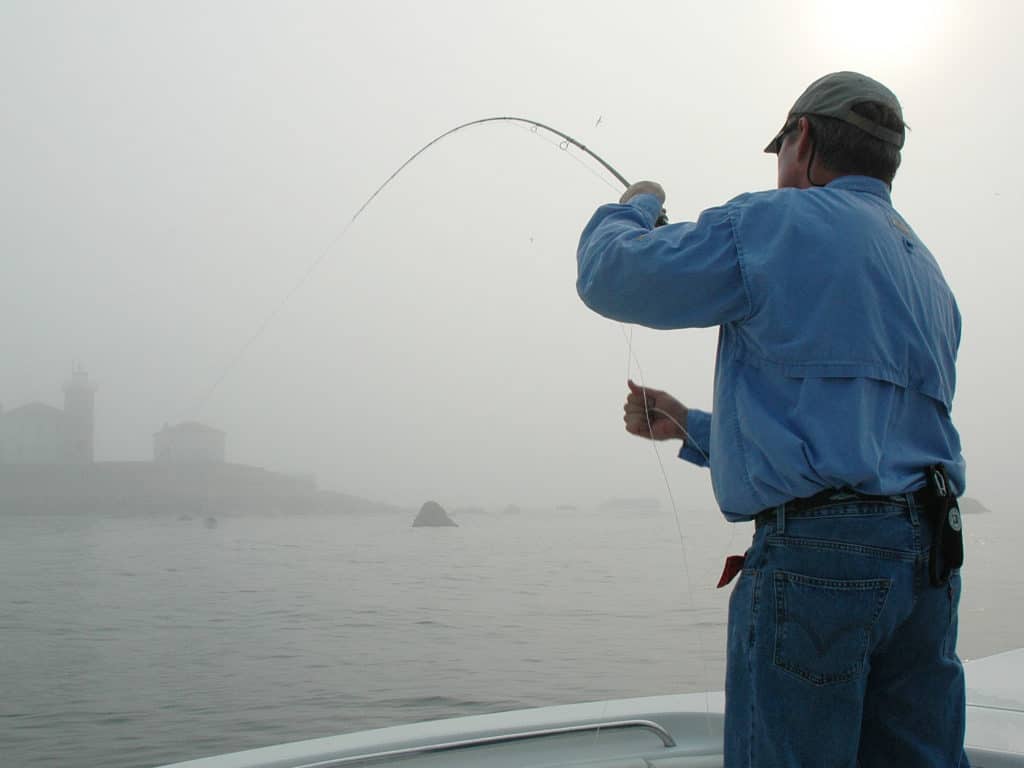
I got hooked on dredging while fly fishing a Miami roadside canal many moons ago. The canal in question was deep, and aside from holding the usual South Florida freshwater inhabitants, juvenile tarpon and snook from Biscayne Bay, or perhaps the Everglades, also worked their way there through a labyrinth of waterways.
While I occasionally hooked a tarpon on surface poppers at sunrise or sunset, it wasn’t until I stayed there later than usual one evening (it was winter and the skeeters weren’t bad) that I realized the canal came alive with rolling baby tarpon after dark. They were “fast rollers,” the kind that gulps air quickly and tail-kicks hard immediately after, as they head down deep. I took notice and figured, why not try a sinking line?
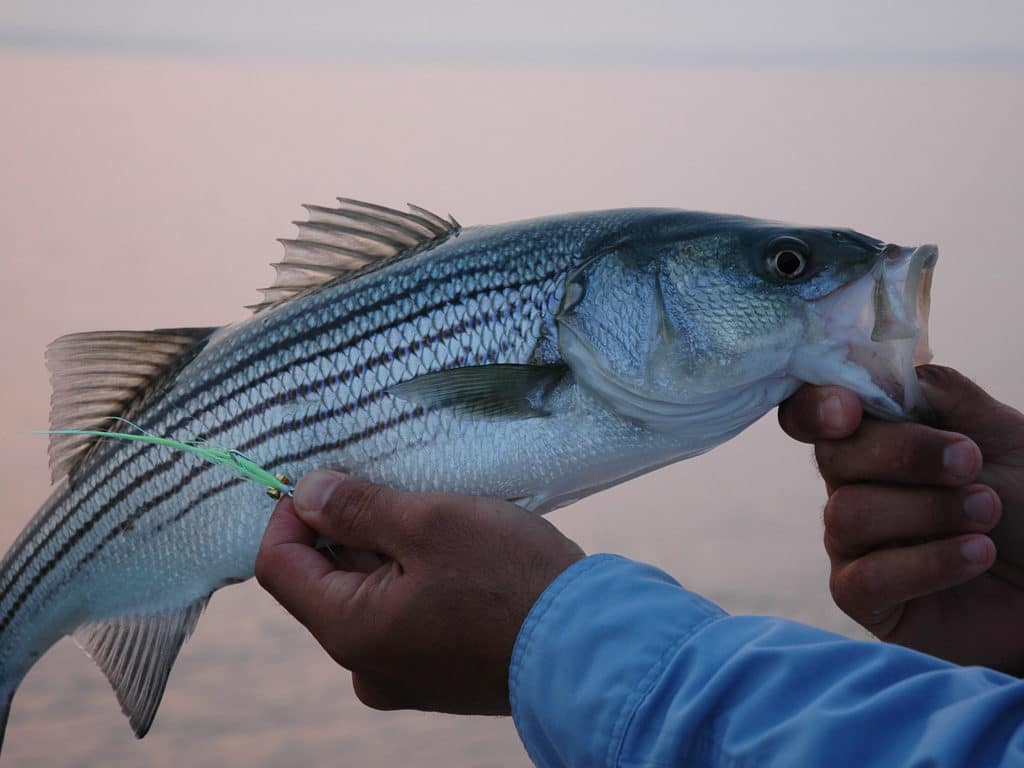
Armed with a 9-weight outfit, a Scientific Anglers Wet Cell fly line and an array of meaty flies, I returned the next evening and pointed a flashlight at the water. A half-dozen sets of of orange eyeballs shined, the baby tarpon were definitely there. So I positioned myself upstream of the fish, sent a bushy, black rabbit-strip Muddler sailing into the current coming from a nearby culvert and let it sink.
Just as the line got down-current of me, my fly got whacked hard. I set the hook firmly, and after a short burst, an acrobatic 20-pounder went airborne. For the next three hours, it was bedlam: a dozen tarpon hooked, three of which I landed, plus a pair of snook as a bonus.
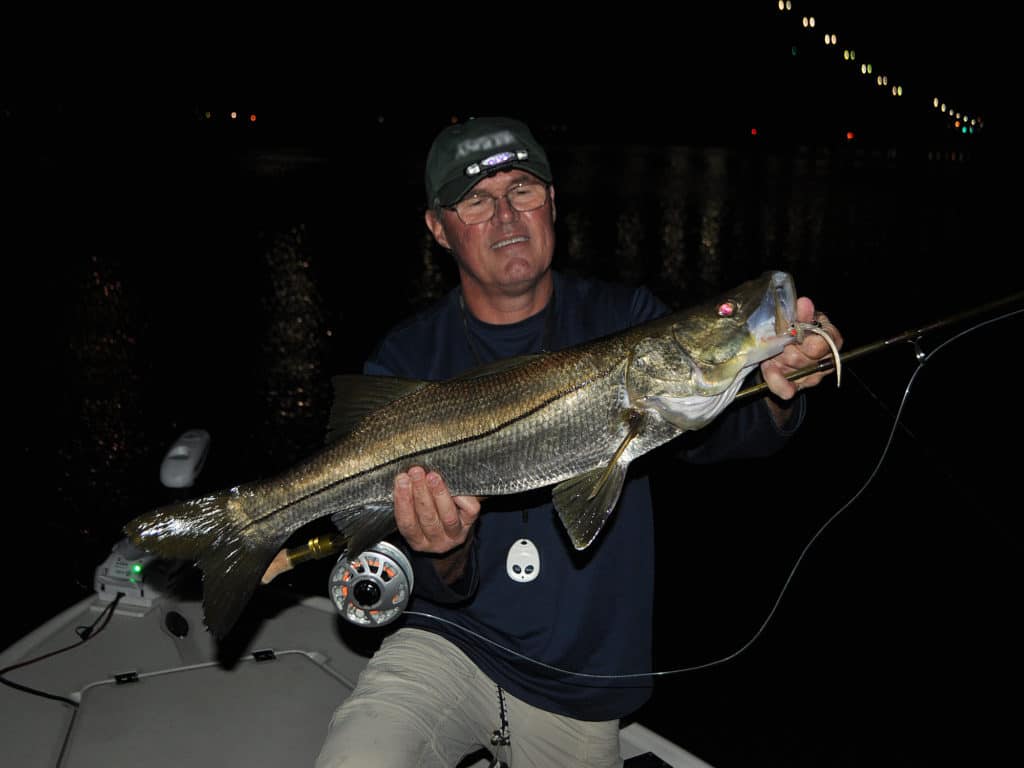
DREDGING SCENARIOS
Since then, I have dredged with flies for striped bass in the Northeast, for snook at night in the St. Lucie River and Indian River Lagoon, tarpon under Florida Keys bridges, redfish under Florida Panhandle bridges, pompano over deep shell bars, seatrout and reds in a Louisiana marsh canal, and even for flounder around deep-water docks. And when done right, dredging doesn’t mean drudgery. Not only will you catch fish when surface presentations fail, but you’ll reach those that usually hold deep and also those forced by weather changes to go down and find water temperatures within their tolerance range. Dredging is deadly at night, too.
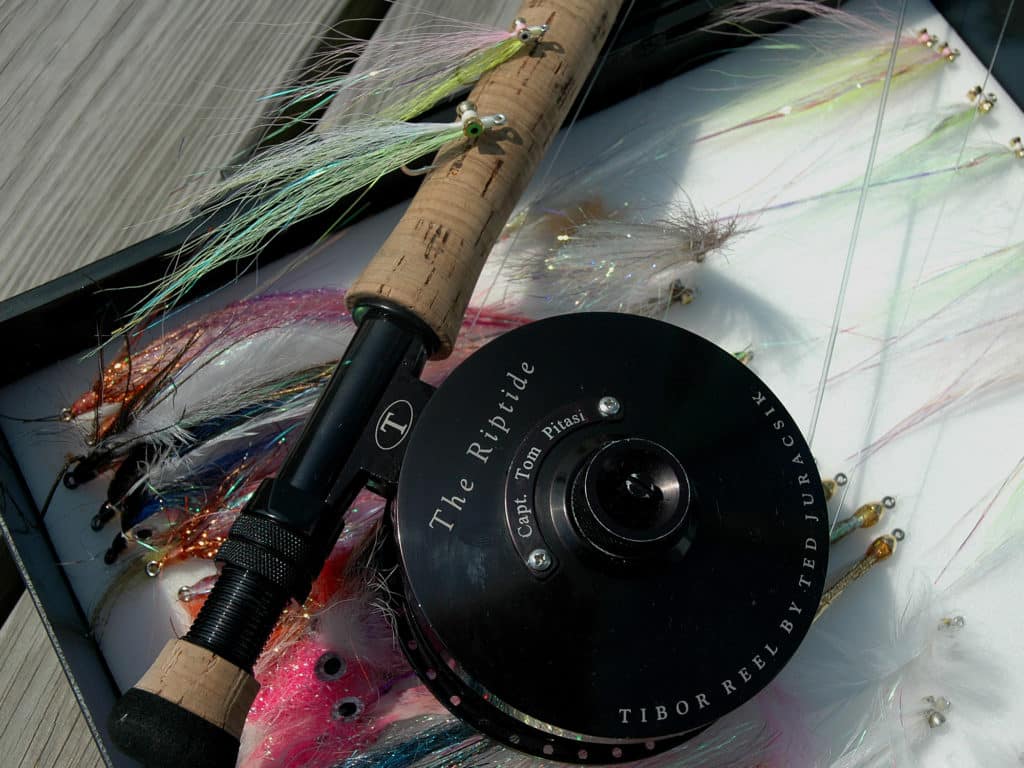
LINE CHOICES
The technique calls for sinking fly lines, fishing weighted flies on a floating line isn’t true dredging. You can buy sinking lines in various sink rates, from an intermediate, the slowest (about 1.5 inches per second), through a Type 7, the fastest (sinks up to 8 inches per second). The head, approximately the line’s front 30 feet, weigh between 200 and 450 grain (there are 14 grains in a gram, so a 200-grain fly line weighs a half-ounce).
Shooting heads, lines about 30 feet long (essentially the weighted front part of a regular line) that you connect via interlocking loops to thinner running lines, are an alternative to full sinking lines. While shooting-head setups enable the fly angler to cast longer distances, I prefer full-length sinking lines, and most of today’s offerings have a uniform sink rate throughout the length of the line, which in practice means the entire thing goes down the water column at a level attitude. So you have a direct, taut connection from rod tip to fly, which means you feel even subtle takes and have better chances for solid hookups.
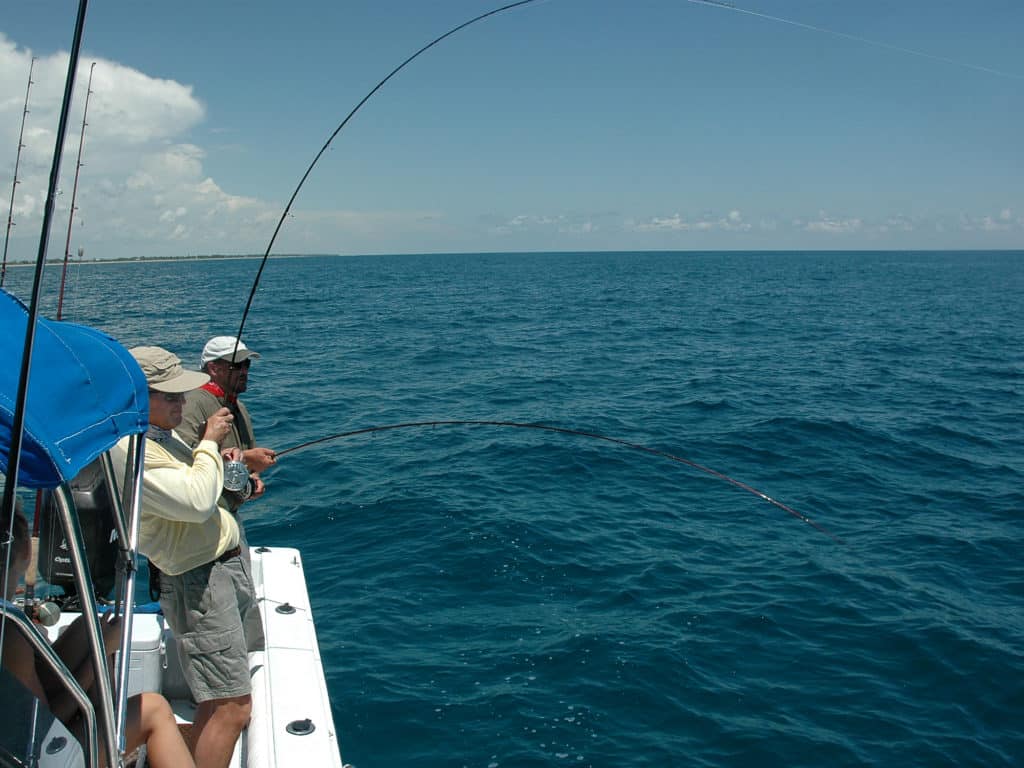
With full sinking lines, I use short leaders. Sometimes I just opt for a level leader, no more than 4 feet long, eliminating the butt section altogether. If you are concerned about rod breakage with big fish, tie on a class tippet as a weak link, thenadd a heavier bite tippet between it and the fly, or configure the leader per IGFA rules. When I dredge with flies for snook at night, I use two feet of 20-pound-class tippet tied to a bite tippet of 40-pound or 50-pound fluorocarbon. Other times, I just use a 4-foot piece of 50. During daylight hours, in clear water (as when pompano fishing), I might go up to a 5- or 6-foot leader.
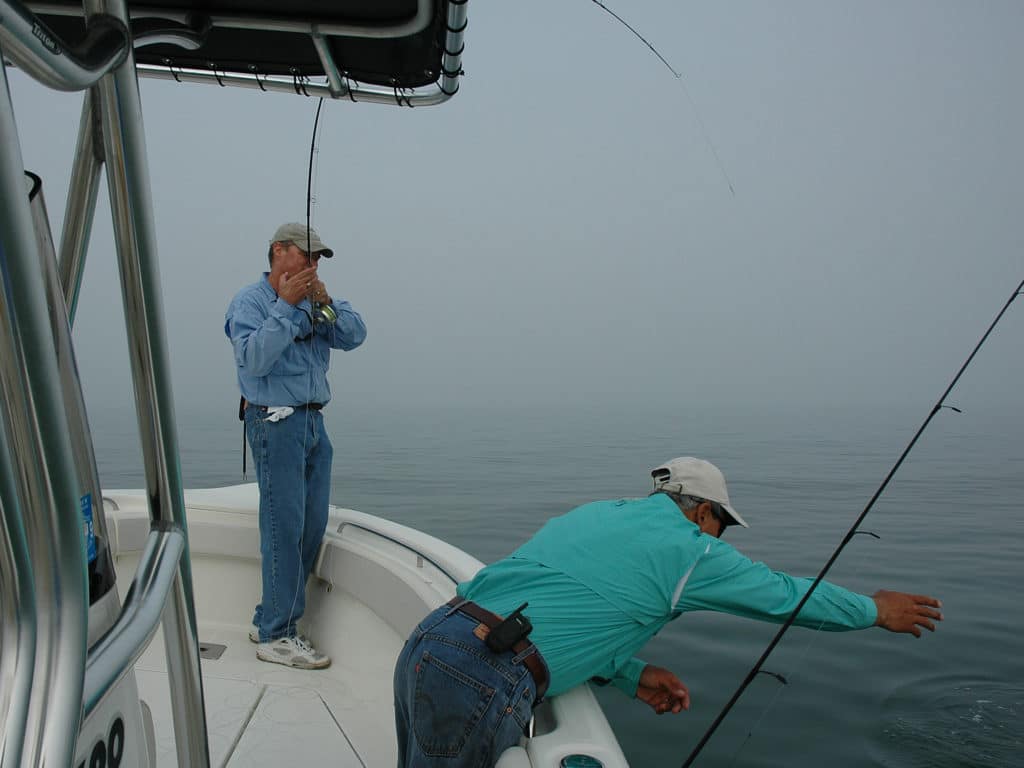
CAST ADJUSTMENT
The first thing newcomers discover when switching from floating to sinking lines is that the timing of the casting motions and the overall feel in the rod are different. Sinking lines “come over” heavier and faster. There is no need to form tight loops during casting, in fact, I open my loop on purpose and avoid making the sudden stops of the rod encouraged when casting floating lines. That way, the line, leader and fly take a circular trajectory and the cast is smoother, without the sudden shock to the rod.
Ideally, you should not be false-casting much anyway. With a full sinking line, the objective is to retrieve the fly to within 20 or so feet of the rodtip, roll cast the fly and leader out of the water, then make a sharp backcast, shooting additional line in the process, before double-hauling on the forward stroke to shoot as much line as needed. Sinking lines are small in diameter and slide easily through the guides. They also cut well through a head wind.
I find rods with a slower action perform better with sinking lines, since (under weight) they flex farther down the blank. They make a slower casting stroke and a gradual transition as the fly changes directions from back cast to forward cast easier that fast-action fly rods. Of course, it all depends on your casting style and preferences.
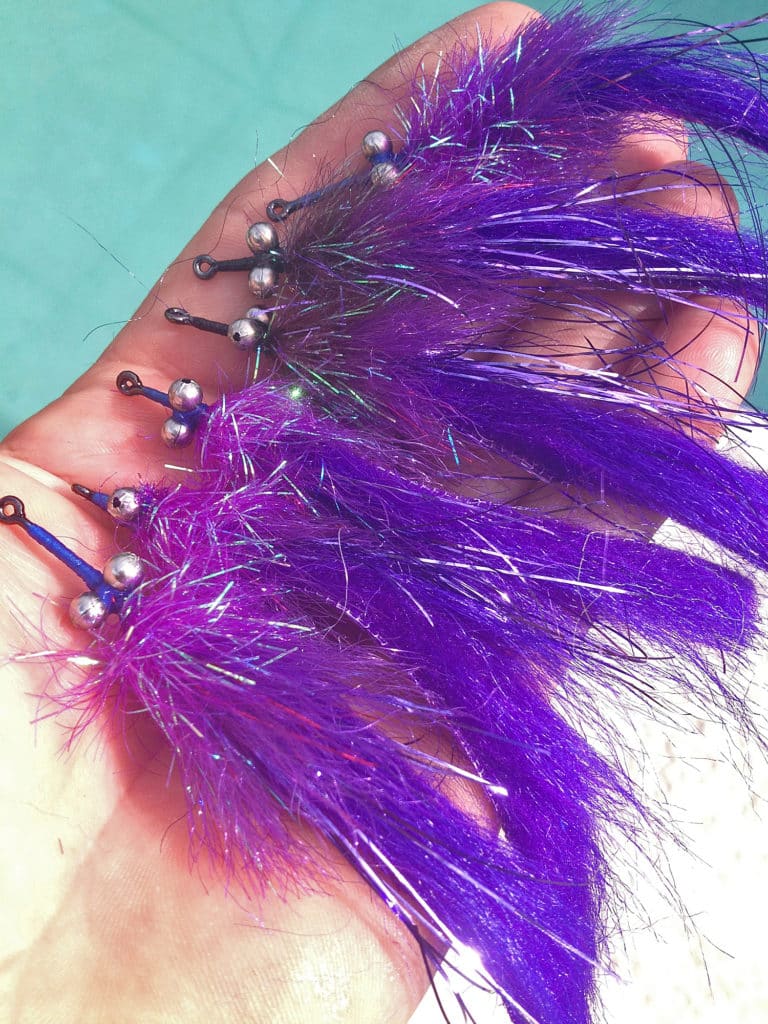
RECOMMENDED FLY PATTERNS
When in doubt, go big. Especially when dredging at night, in muddy water, or well under the surface with the fastest sink-rate fly lines. In clear water, using larger flies is not so critical. I sometimes go to dark patterns — brown, purple, black or combinations thereof —in muddy water during the day. When dredging for snook at night, however, I mostly stick with the same white flies I fish closer to the surface. As far as hooks, I know fly anglers who have gone to circle hooks for this kind of fishing, claiming the hookup ratio is better and they make catch-and-release easier. But I still use J hooks, primarily because dredging is fishing by feel, and I habitually strip-strike sharply when I feel a grab. Nevertheless, I find that many fish hook themselves on a J hook anyway, against a taut fly line.
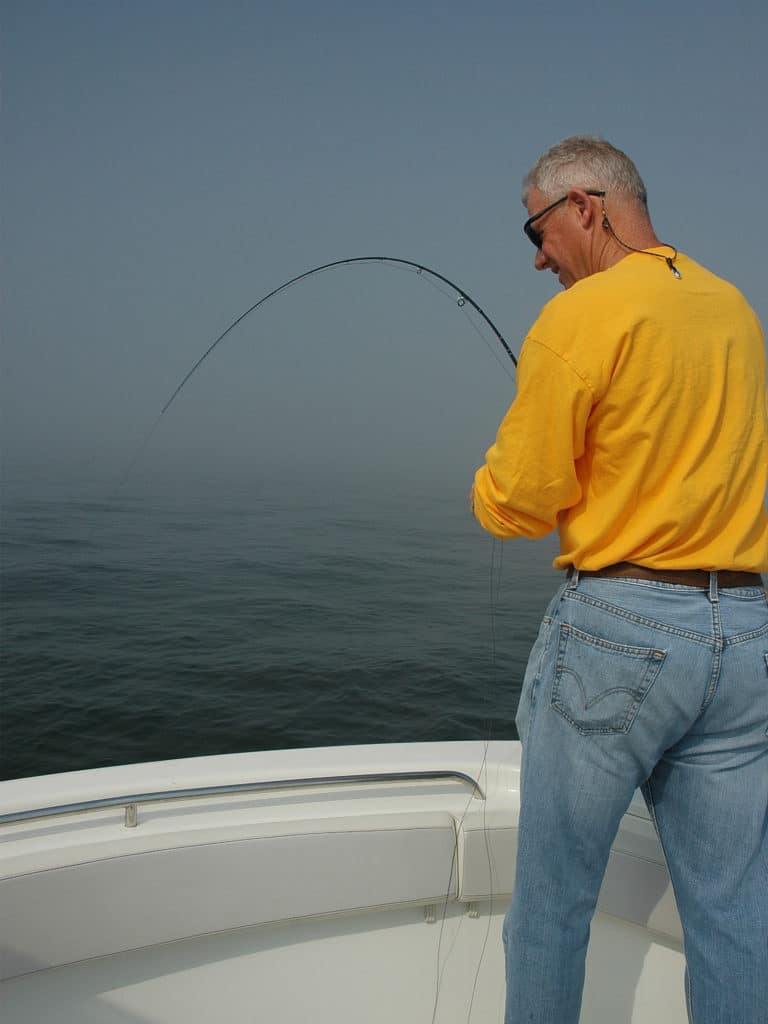
STRIPPING THE FLY
Dredging well under the surface where less sunlight reaches, or perhaps in turbid water, or at night, calls for a slower stripping speed. I tend to “swim” rather than “twitch” the fly in an erratic fashion. Swim it a foot or so, pause and repeat, with perhaps a sharp jab or two to mix things up if the bite is slow. For starters, I fish full-bodied patterns easier for fish to detect. A bigger fly pushes more water, sending out more vibrations and often more flash.
Howevere, there are exceptions. For Spanish mackerel and pompano, two species thato light up when they spot a fast-moving fly, I use a more erratic stop-and-go jigging retrieve. When dredging, I strive to keep a hand on the line between strips. When a fish crashes a dredged fly, you don’t want to let the fly line slip from your grasp. As I move the fly with my line hand, I keep my forefinger firmly on the fly line, against the underside of my rod grip. It serves a brake to prevent that slippage.
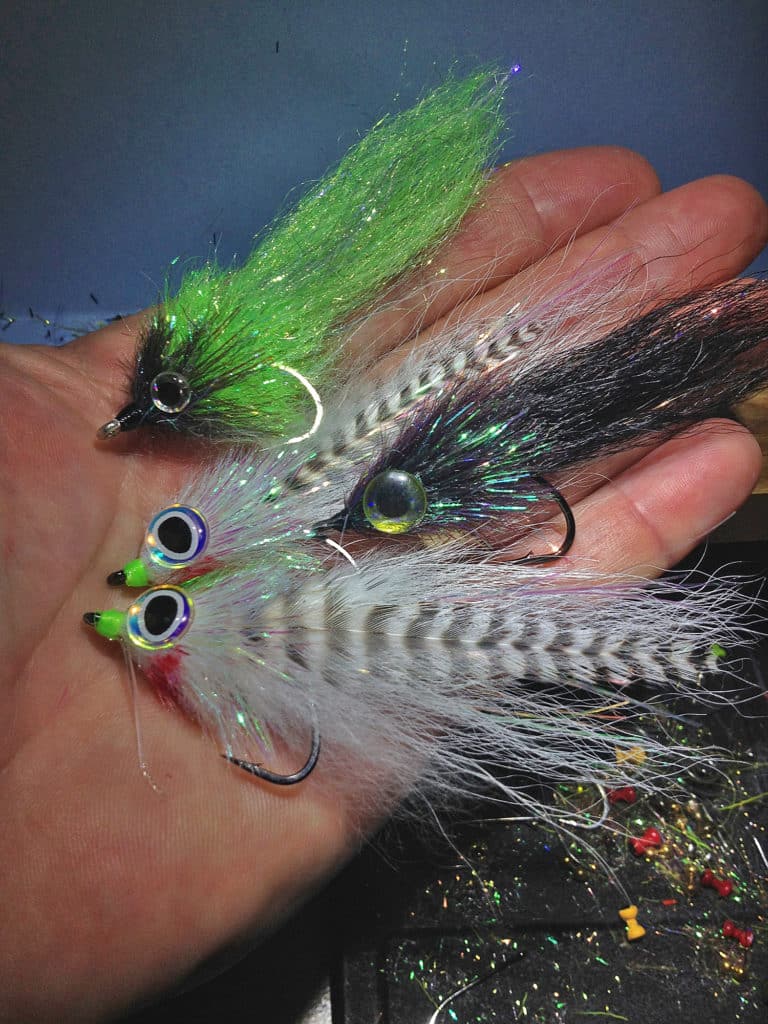
LEVITATE THE FLY
A cool trick is to fish a very buoyant fly (such as deerhair Muddler or a heavily hackled Sea-Ducer) inc combination with a sinking line. It’s a great technique in water 4 to 6 feet deep, as you can strip the fly with the line on bottom and your offering stays just above, where it will ride right at fish’s eye level and won’t snag. A somewhat longer leader, in the neighborhood of 6 to 7 feet, helps keep the fly up.
